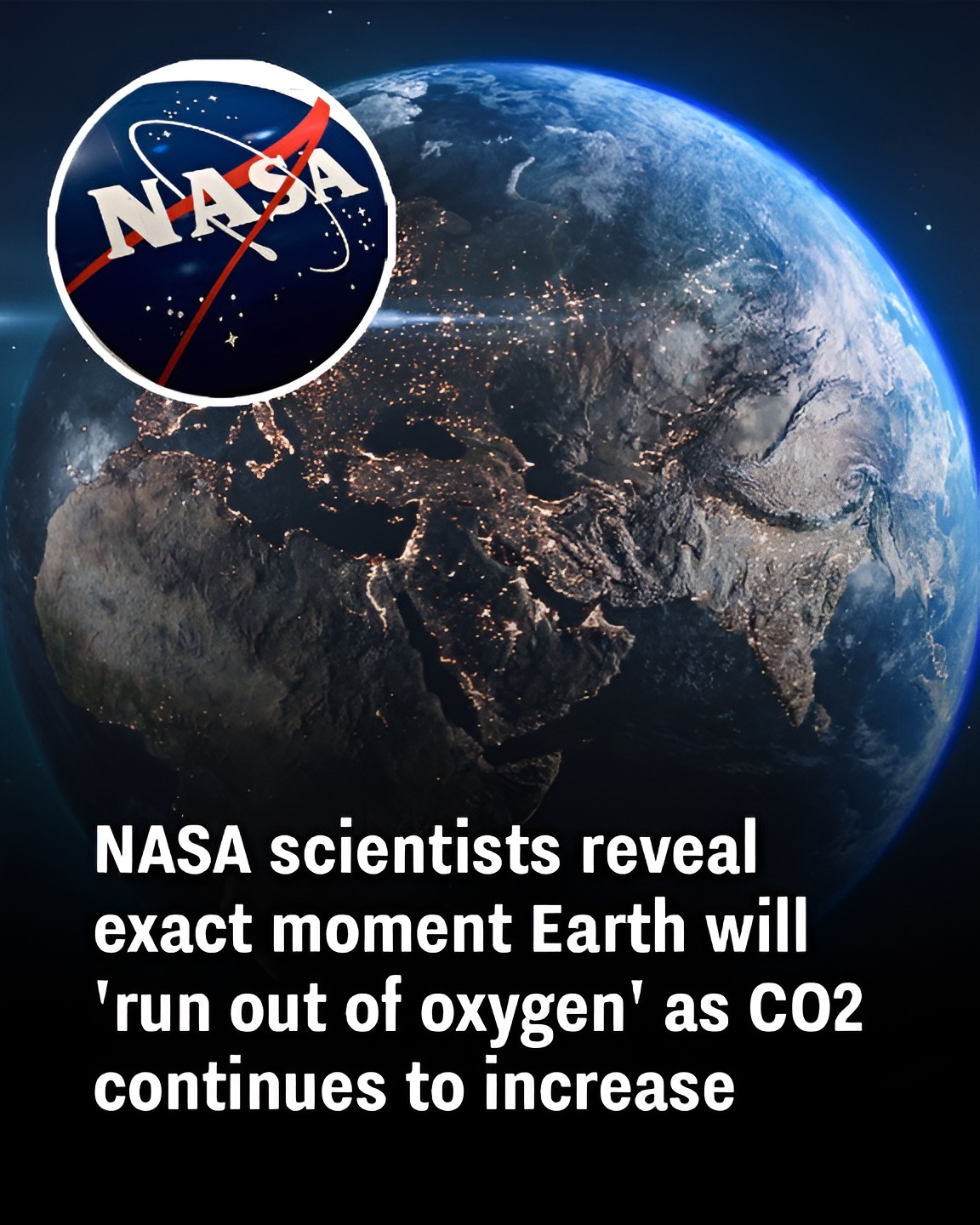Breathe easy, for now. Scientists say our breathable air won’t last forever. A new NASA-supported study warns that Earth’s oxygen supply is not a permanent feature of our planet. Though we often take it for granted, the delicate balance that allows life to thrive will eventually shift. Over the next billion years, Earth’s atmosphere will lose its oxygen, transitioning into a state no longer capable of supporting complex life.
This transformation won’t happen suddenly or within our lifetimes. Still, understanding how and why it unfolds gives us valuable insight into Earth’s long-term future and what it means for life on other planets. The study also sheds light on how planetary atmospheres evolve and how signs of life, called biosignatures, can disappear over time.
As climate models grow more sophisticated, scientists are piecing together not just Earth’s past, but its far-off fate. And the findings are both fascinating and sobering. While we face modern environmental challenges today, these long-term shifts remind us how fragile and temporary the conditions for life really are. In the end, the air we breathe won’t be around forever.
A Clock Is Ticking for Earth’s Atmosphere
Kazumi Ozaki from Toho University and Christopher Reinhard from Georgia Tech used advanced simulations to model Earth’s long-term climate and atmospheric chemistry. They found that, in about one billion years, Earth’s oxygen supply could fall to less than 10 percent of current levels.
That drop would make the planet uninhabitable for complex life. Without oxygen, animals and plants wouldn’t survive, and Earth would return to a state similar to its distant past, long before oxygen became widespread in the atmosphere.

Moreover, this shift wouldn’t be a gradual fade. According to the study, once the tipping point is reached, the decline in oxygen could happen rapidly on a geological scale. In a relatively short span of time, Earth would no longer be recognizable as a life-sustaining world.
What Triggers the Oxygen Decline?
Several natural processes drive this shift. First, the Sun will continue to grow brighter over time. As it does, solar radiation will speed up chemical reactions in the atmosphere. This extra energy causes Earth’s surface to heat up, which in turn affects carbon dioxide levels.
At the same time, the carbonate-silicate cycle, which regulates atmospheric CO₂, will slow down. As CO₂ levels drop, plants will no longer be able to perform photosynthesis. Without photosynthesis, oxygen production comes to a halt. As a result, Earth’s oxygen supply begins to disappear, leaving behind a methane-heavy atmosphere.
Researchers believe this deoxygenation will likely occur before Earth reaches a “moist greenhouse” state, a phase where water from the oceans starts evaporating into the atmosphere and escapes into space.
It’s important to note that the planet’s surface conditions will grow increasingly hostile long before oxygen disappears entirely. Rising temperatures, weakened ozone protection, and atmospheric shifts will push ecosystems to the brink long before the final collapse.
Read More: NASA’s Mars Rover Uncovers Mysterious Spheres On The Planet’s Surface, Leaving Experts Baffled

Why the Study Matters in the Search for Life
Oxygen in the atmosphere is more than just essential for life. It also acts as a signal. When scientists search for habitable planets, they look for oxygen as a biosignature, proof that life may exist.
However, this new research changes that perspective. The study shows that even a planet teeming with life can lose its oxygen over time. That means if we observe an exoplanet during the wrong phase, we might miss signs of life completely.
By understanding how Earth’s oxygen supply evolved and eventually disappears, scientists can better interpret the atmospheres of other worlds. This helps refine how we search for life beyond our solar system and ensures we don’t overlook planets that may be alive but oxygen-poor.
This insight could also help guide future space missions. Rather than just scanning for oxygen, scientists may begin prioritizing a broader range of gases that point to biological activity in different planetary stages.
What It Reveals About Today’s Climate Conversation
Although the oxygen collapse lies far in the future, the study still relates to present-day environmental concerns. Some researchers are exploring ways to cool Earth using geoengineering, methods that involve reflecting sunlight to reduce the impact of global warming. These experiments highlight how human intervention might influence natural atmospheric processes.
Still, NASA confirms that Earth’s oxygen supply remains stable for now. The study doesn’t suggest an immediate danger, but it does encourage a deeper understanding of how long Earth can support life. It also adds urgency to how we think about protecting our environment today.
Even though we’re not facing a billion-year countdown in real time, the idea that a planet can lose its ability to host life reminds us how fragile our current balance truly is.

Final Takeaway
Earth won’t stay the same forever. As the Sun brightens and carbon dioxide levels drop, Earth’s oxygen supply will fade. This transformation may take a billion years, but it reveals how temporary Earth’s habitability might be.
More importantly, the study equips scientists with better tools to look for life on other planets. By studying how Earth’s air changed, we begin to see our home in a much broader cosmic context. In that sense, understanding our ending helps us better appreciate the present and everything we stand to lose.

